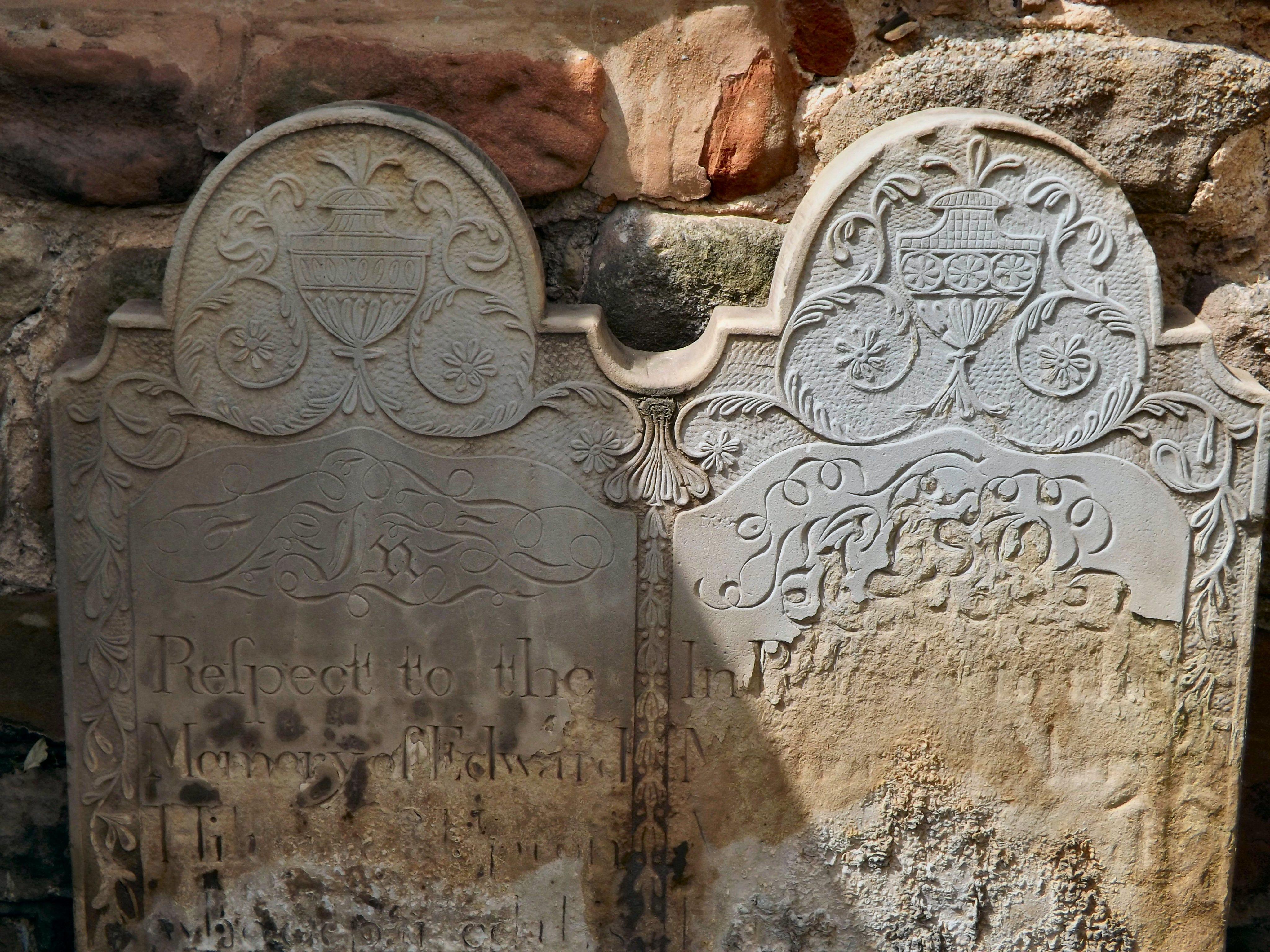St Andrew
Wroxeter, Shropshire
A Saxon church built on the Roman site of Viroconium.

A thousand years old, dedicated to St Lucia patron saint of light and eyesight; appositely working alongside the RNIB accessibility centre telling her fascinating story and the history of this ancient church.
Upton Magna, Shropshire
St Lucia's Grade II* church has stood at the centre of this expanding rural conservation village some five miles from Shrewsbury for a thousand years, built before the nearby English Heritage site of Haughmond Abbey.
Formally known as the church of St Lucy, only one of two churches in the country named after her. The nave and chancel are 12th century with existing pairs of small Norman windows, the ones to the east are slightly higher and may be Saxon, as may be the foundation stones (Cranage 1908). The west Tower was added in the 15th century, two of the original bells and the chiming bell remain being described as 'very old, very rare and very precious'.
GE Street rebuilt and restored much of the church in 1856, adding the north aisle, marble and stone reredos, a distinctive altar and much of the stained glass, including the St Lucia window. A wall painting of Jesus baptised by John the Baptist is visible near the font and many more wall paintings are now emerging after being painted over in the 1950s. A survey in 2016 stated that these wall paintings are of great significance and bespoke to the church, as is the ceiling.
St Lucia is the patron saint of light and eyesight, during 2020 will will be working alongside the RNIB and their accessibility centre to bring our Heritage to a wider audience.
Wroxeter, Shropshire
A Saxon church built on the Roman site of Viroconium.
Shrewsbury, Shropshire
Roger de Montgomery, 1st Earl of Shrewsbury, owned most of Shropshire, and it was he who founded this Benedictine abbey in 1083, he is said to have been buried here when he died in 1094.
Shrewsbury, Shropshire